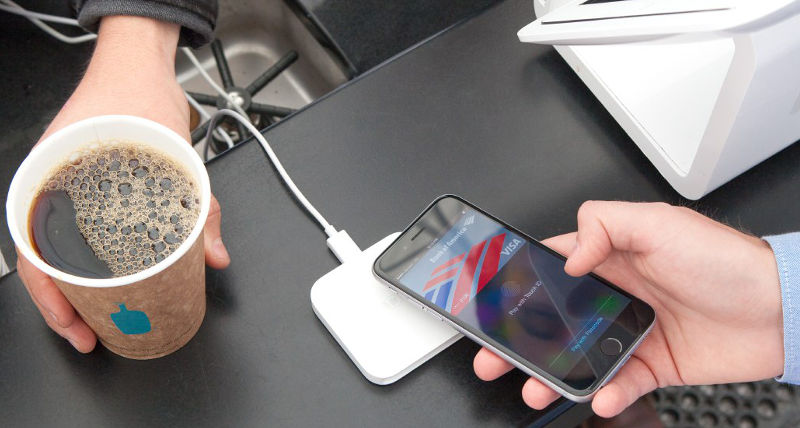As the adoption of digital wallets transitions from early adopters to the early majority, its increasing usage has spurred countless innovations in the realm of fintech and payments to create a streamlined shopping experience. The current era of technological evolution has initiated a shift towards a digital lifestyle with Apple Pay leading the reduction in payment usability barriers. Apple’s virtual wallet is deliberately made highly accessible in hopes that the sense of simplicity will capture the acceptance of the general public, requiring only a few taps and a touch of the phone to the Point of Sales (POS) system to complete a transaction.
In the wake of technical exploitation that has disrupted the legitimacy of digital security, a barrier to adoption has been addressing measures developed to increase security and privacy. Added layers of protection to the payment process including fingerprint identification and cloud storage of card numbers are highly attractive, despite the adoption rate of Apple Pay remaining at approximately 3% of the market. While this may intuitively seem low, Apple’s current objective is not to pursue the retail consumer, but rather to encourage the merchant market to adopt technology that makes Apple Pay possible, notably Near Field Communication (NFC) accepting POS systems.
https://www.youtube.com/watch?v=ez-2M3C_4wU
This in itself presents a paradoxical situation similar to the chronological order of whether the chicken or egg came first. Without a large number of Apple Pay users, merchants are reluctant to adopt the expensive POS technology while oppositely, without a large number of merchants accepting Apple Pay, users have no incentive to upload their bank cards to the Apple Pay system. Despite its main focus on merchant adoption, several strategies have been developed to entice consumers to use Apple Pay such as access to in-phone purchases (online shopping or app transactions) and reward cards that automatically collect points when Apple Pay is used at applicable stores.
Even with millions of daily transactions being done through Apple Pay, a race has embarked to dominate the highly lucrative market of digital payments that Apple has been unable to capture. Although Apple Pay has positioned itself to be a trusted partner in payments, this has failed to deter companies such as Lemon Wallet, Square Wallet, Geode, Chirpify, Venmo, and PayPal among others from creating apps and payments systems of their own on the App Store.
What do you think of Apple Pay? Is it a luxury or redundant feature to the existing payment methods? Let us know what you think in the comments!













